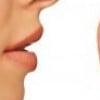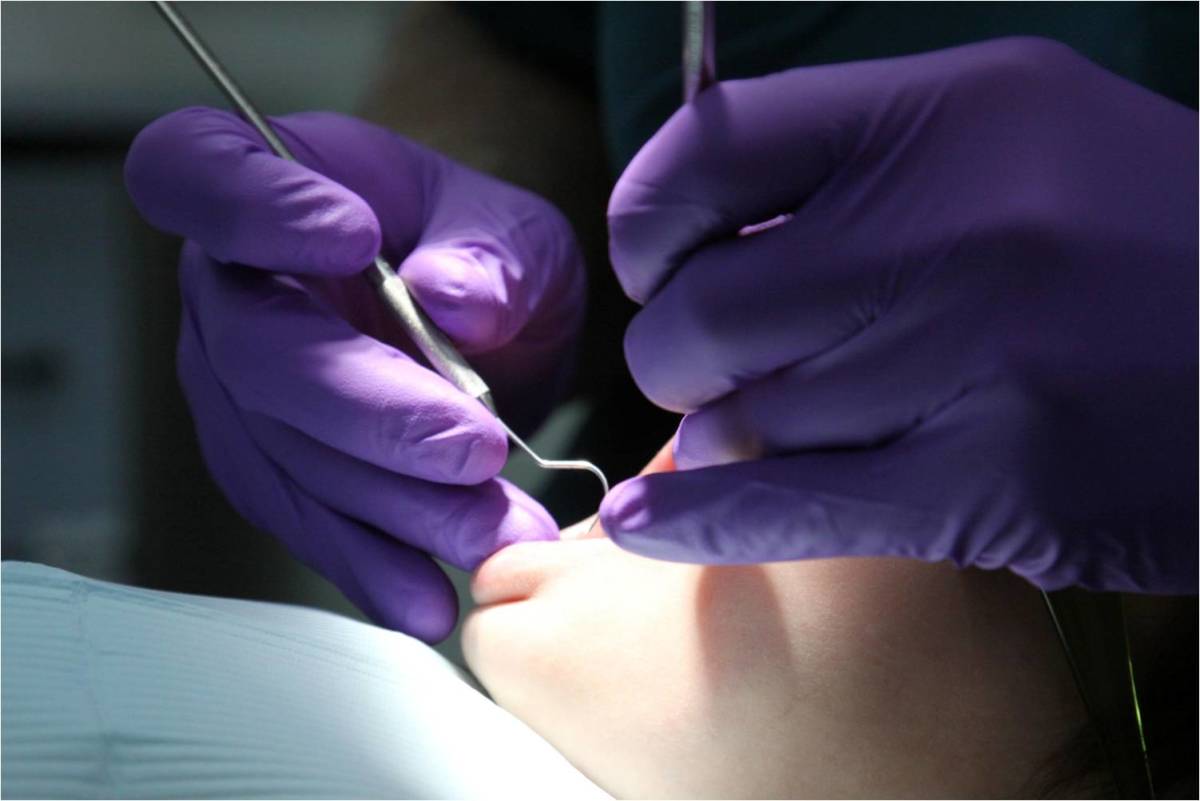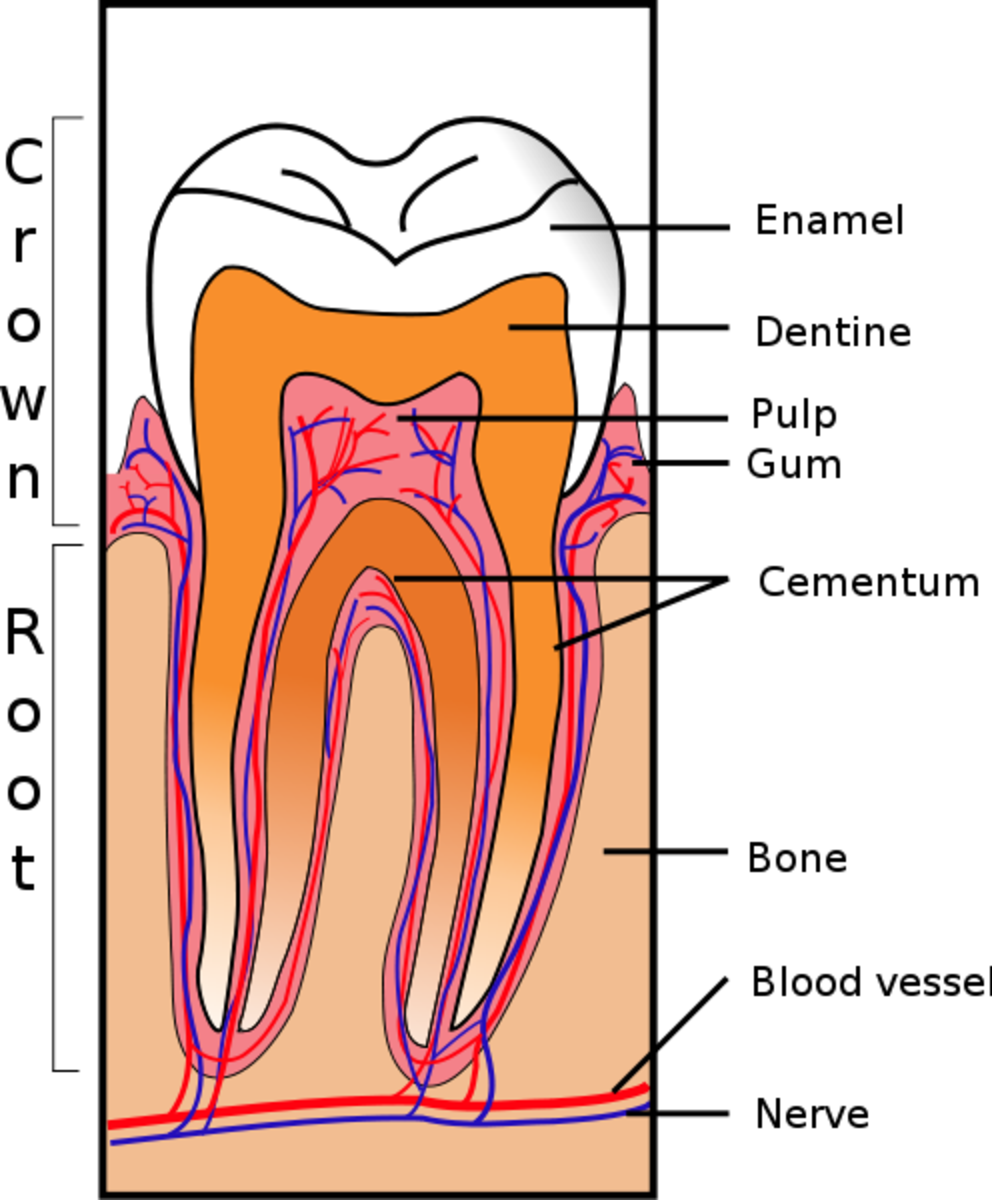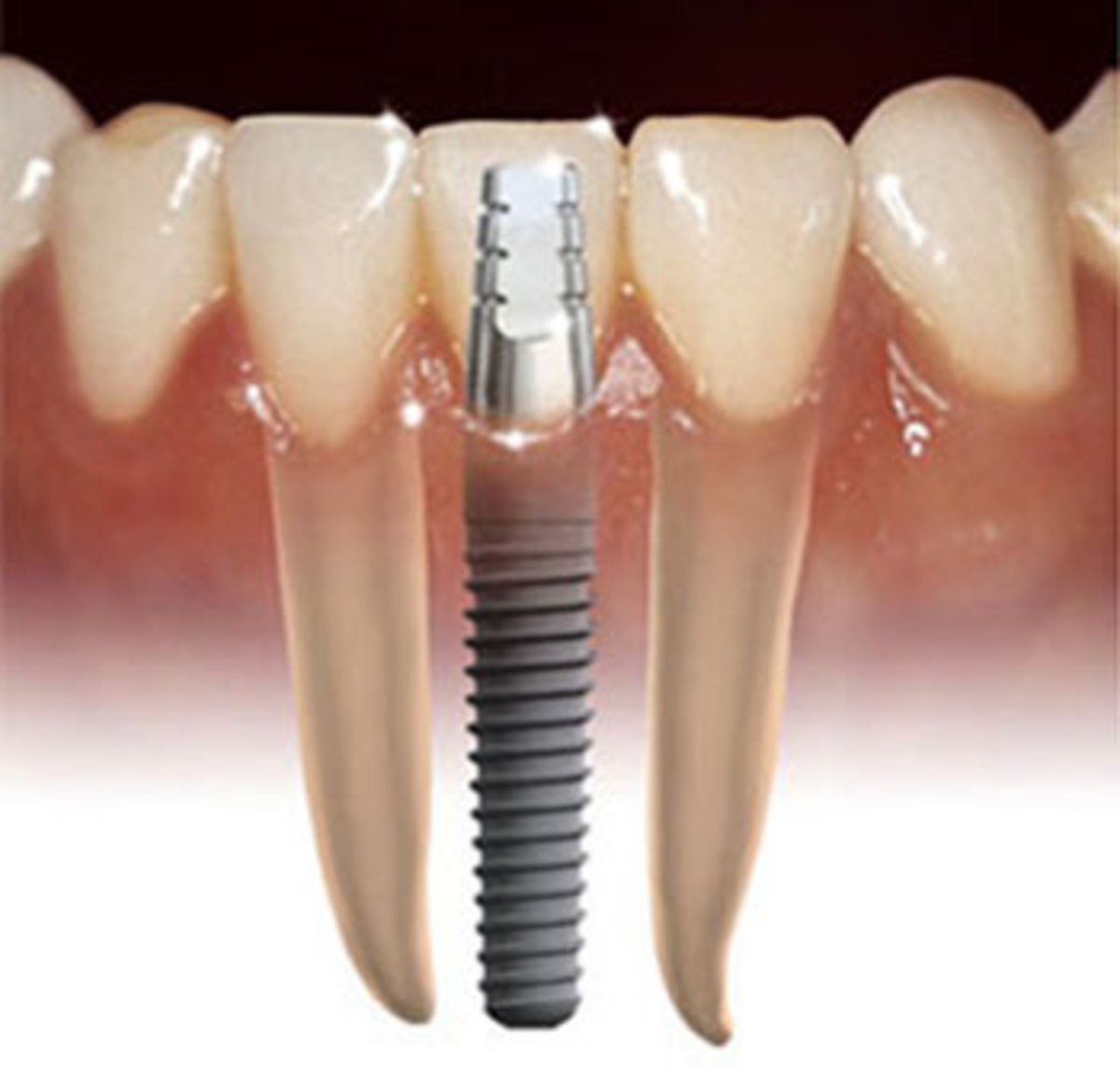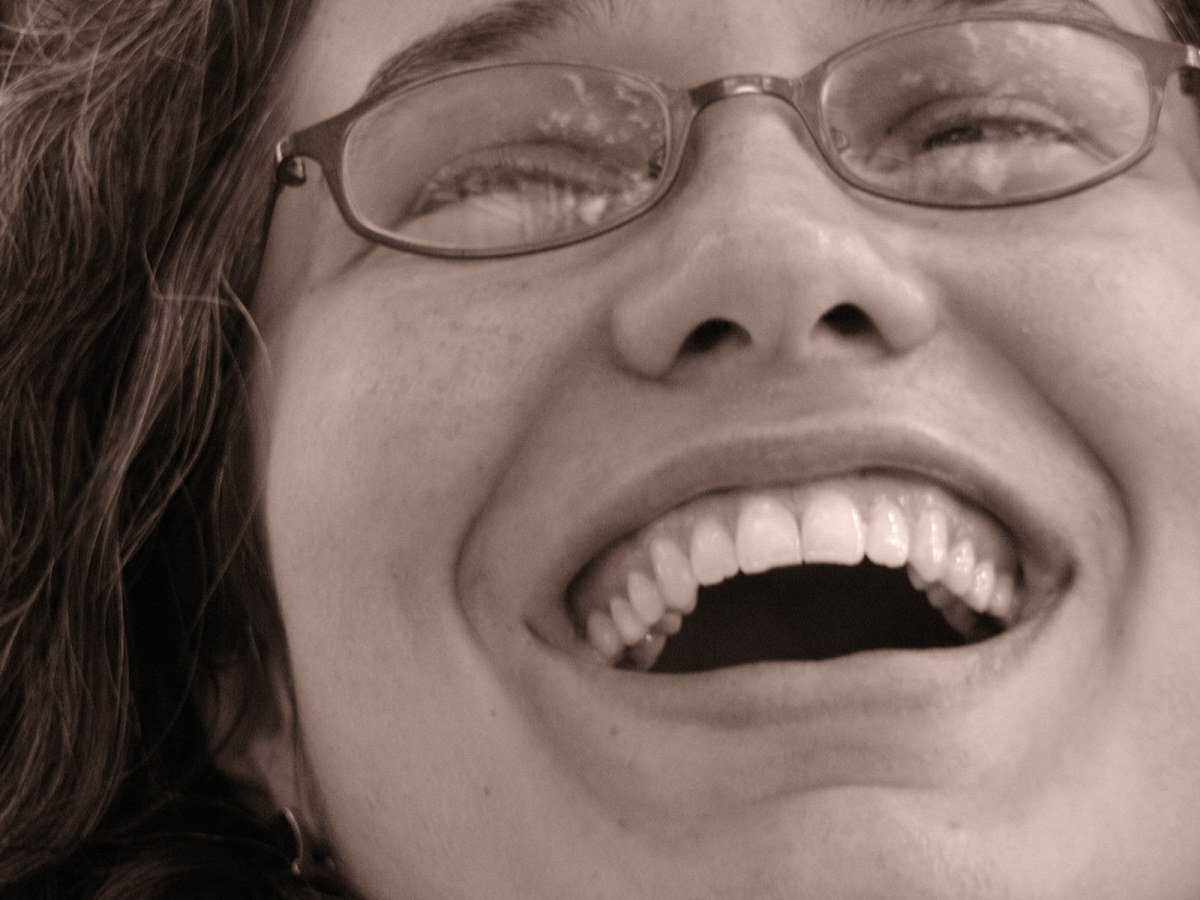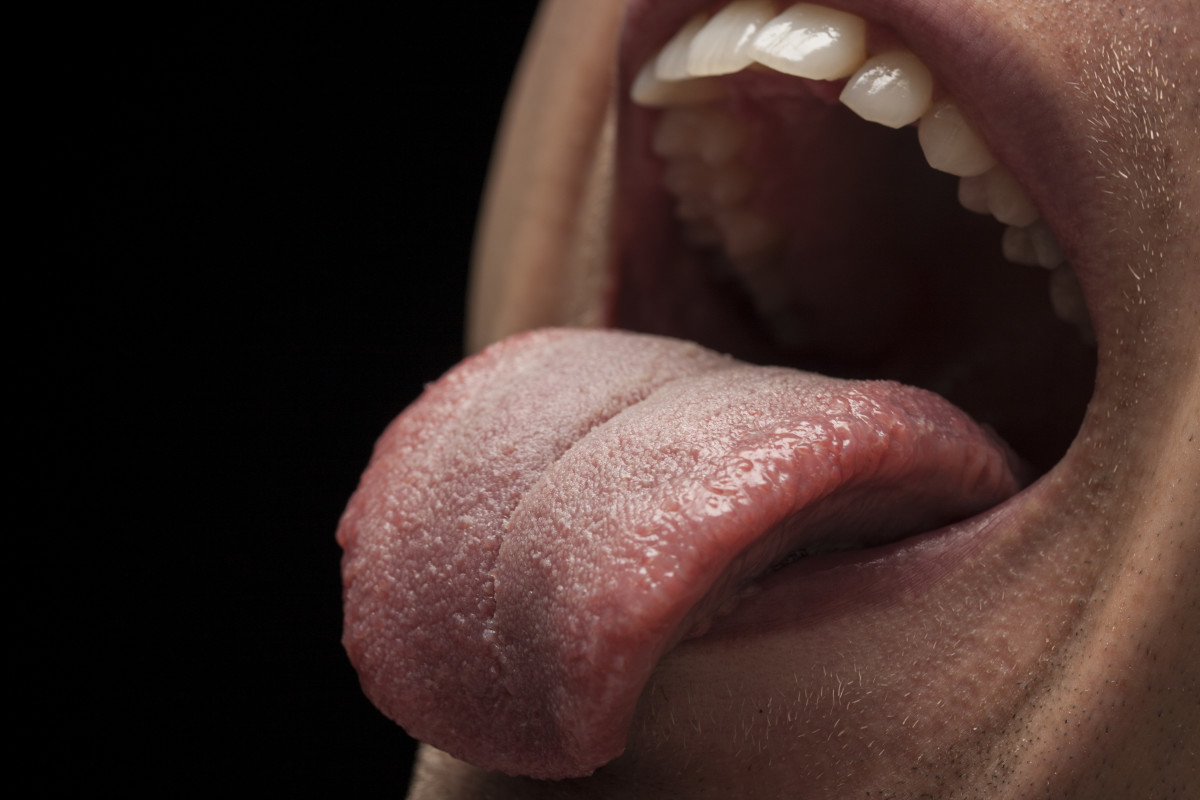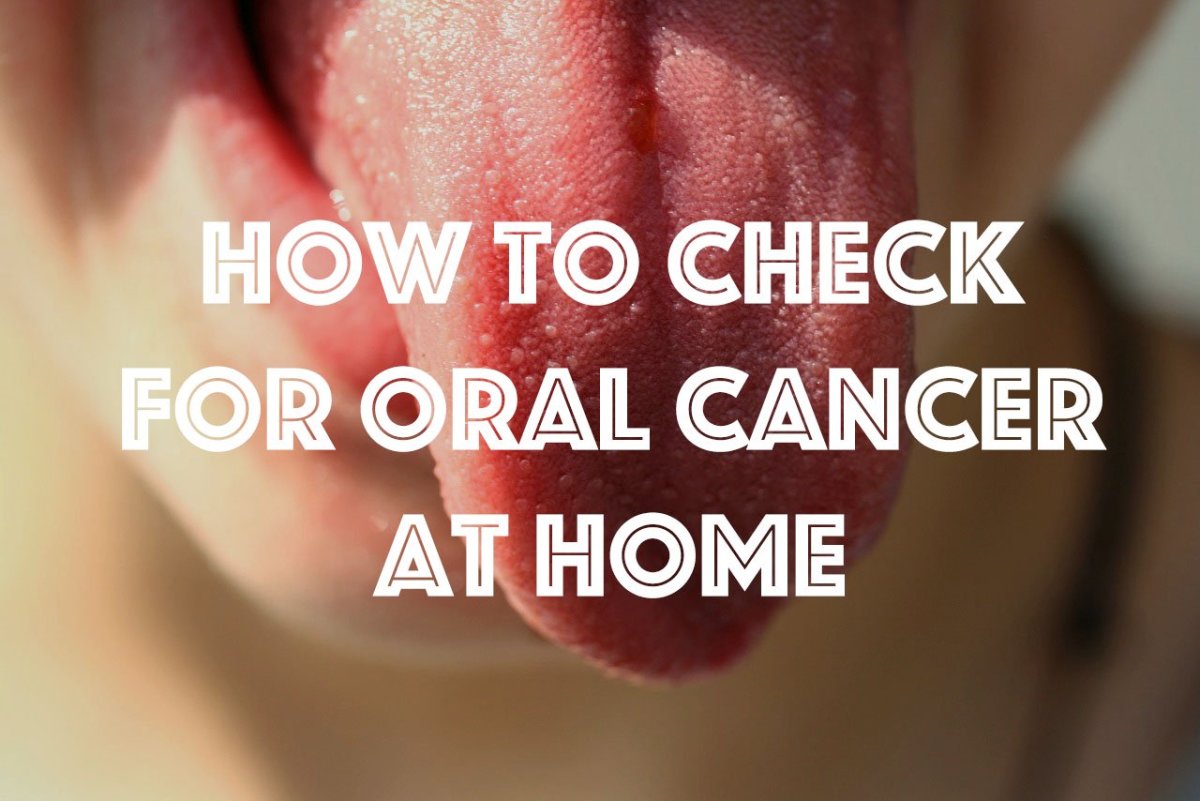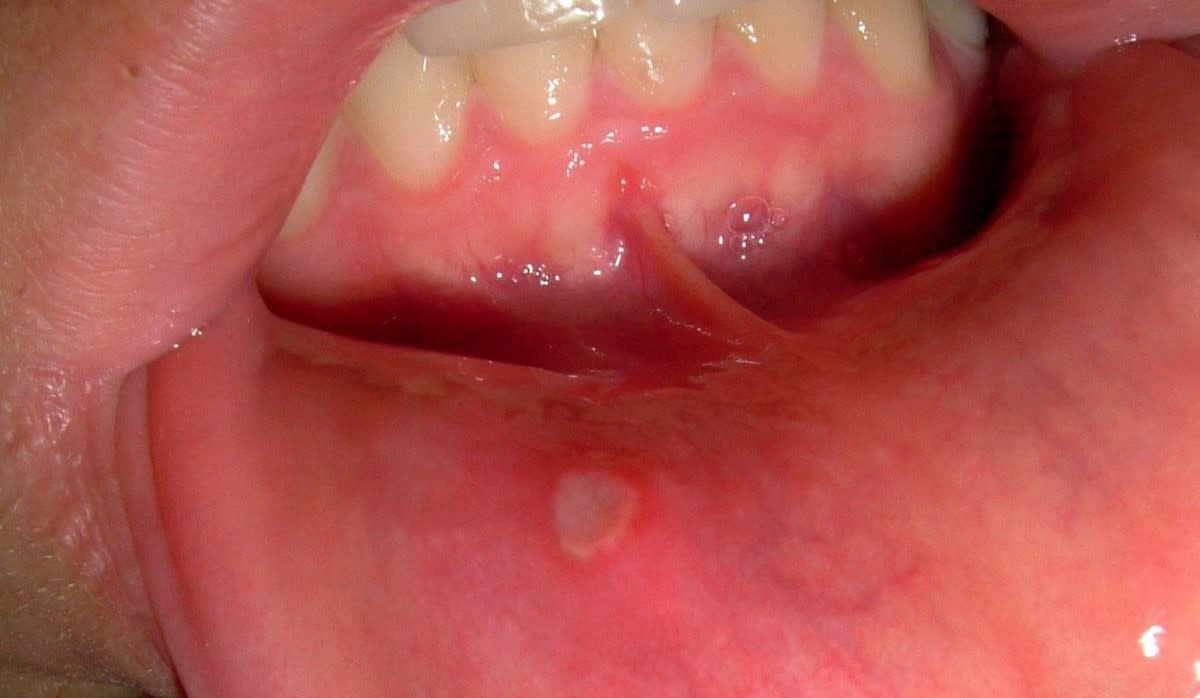Visiting the Dentist - Your Teeth and Dental Technology
Fear of Going to the Dentist is Very Common
Taking good care of your teeth is an important aspect of our overall health. Yet people procrastinate and dread the idea of seeing their dentist. A visit to the dentist is associated with fear.
The three most common fears of going to the dentist are:
- fear of needles
- fear of pain
- fear of the dentist’s drill
Over the past ten years, dentistry has made amazing progress using lasers. Lasers are now being used in many procedures by dentists to remove tooth decay, for oral surgery, for treatments of canker sores, and gum disease. Root canal and TMJ also use laser treatments. Lasers offer many benefits that allow speedier healing, less swelling, reduced pain and better recovery. Dental lasers use a specialized light beam, not readily seen. This invisible light allows dentists to aim with precision and avoid damage to other parts of the mouth. Lasers allow dentists more precision as they perform their procedures. The dentist can control the amount of exposure their patient receives and can focus the beam with such precision, they can avoid damage to any surrounding tissue.
Laser is an acronym for Laser (Light Amplification by Stimulated Emission of Radiation)
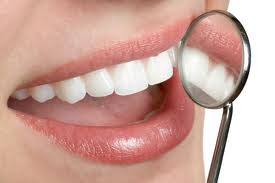
Laser Technology Makes Dental Care Gentle Care
Here is how dentists are now using lasers.
- Lasers are mainly used as a precise way to fix some fillings that have worn down.
- Dentists usually use a sharp metal pick like instrument ot check for tooth decay and cavities. A dentist can usually detect cavities manually with this instrument about 60% of the time. The smallest of cavities may go undetected until they become larger ones. As the cavities get bigger, they could cause more dental problems. A laser called Diagnodent laser used to detect cavities is 90% accurate at painlessly detecting even the smallest of cavities. Small cavities, need small fillings and this laser is helping people before the cavities get worse.
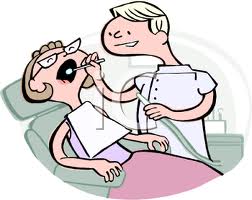
- Lasers can assist with reducting tooth sensitivity. The laser can be used to seal the area near the roots of the tooth and avoid hot and cold sensitivity that often occurs near that area of the gums.
- Lasers work as effective instruments to cut into bone and teeth
- Water lasers work on cavities to remove the decay relatively simply. Very often cavities treated with this type of laser avoid the need to use needles to numb the area. These lasers work by using light energy and the use of water to work on the tooth. Drills use heat. Water lasers are gently and if a makes minimal use of the dentist’s drill. The majority of patients do not feel anything during the procedure. The people who do feel something as the laser is being used usually say they don’t need a shot. Another benefit of this type of laser treatment is that you eat, got to work, and look normal right after the filling is done. Lasers are not suitable for replacing metal fillings made from amalgam, or for crowns and inlays.
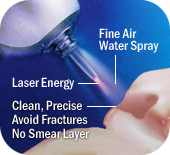
What is Your Opinion?
I have a fear of the dentist
- Periodontal Disease Treatment benefits from the use of the Diode Laser. Periodontal disease is a bacterial inflammation deep within the gums. It can be a pervasive gum disease. Traditionally periodontists and dentists performed gum surgery to remove the bacteria. Antibiotics were prescribed and other treatments were used to ensure the bacteria was effectively to save the teeth. Now, the Diode Laser uses a chemical free option called the Photo Disinfection. This laser removes the bacteria and infected tissue in the mouth. It provides a faster healing and greater success with this non surgical alternative.
- Gummy Smiles - reshapes soft gum tissue to expose more tooth surface and reduce the appearance of excess gums.
- Root Canal - just the mere mention of the word strikes fear in even the bravest of people. Now Laser Root Canal Disinfection can improve the success of the procedure. This type of laser helps disinfect the teeth during root canal and gives better results to the root canal treatment. The root canal disinfection does a better job than traditional bacterial cleaning and can even reach the bacteria down to the end of the root.
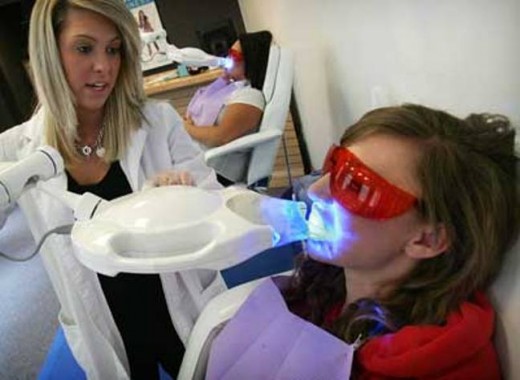
- Laser frenectomy to reduce the tight muscles attached to the tongue that cause tongue children to be tied and have speech impediments, and for infants who have trouble breast feeding due to restricted muscles of the tongue.
- Soft tissue folds can be caused by poor fitting dentures. Lasers can remove the soft gum without using stitches and is painless way to reshape the gums.
- Canker sores are problematic for people. Lasers are a gentle way to get rid of the mouth ulcers. With lasers, the pain is reduced right away, ad the sores heal within one to three days. Healing time used to take about ten days.
- Scapels were synonymous with oral surgery. Not anymore. Now with the advent of Soft Tissue Lasers, they can replace the scalpel. Because lasers are more precise, the dentist normally has to do less invasive incisions and can even cauterize blood vessels that were cut during the surgery. The person heals faster, has less swelling, and a faster healing time with less pain.
- TMJ issues can now be treated with lasers. Using Low Level Laser Therapy, dentists can address many dental issues, they couldn’t do before.
- Teeth whitening can be sped up with the use of lasers during the bleaching process.
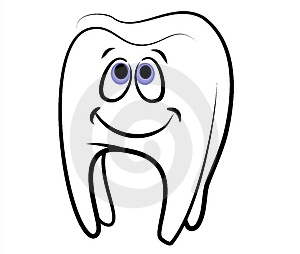
Lasers are a Minimally Invasive Tool for Dentists
There are many benefits to using lasers in dental treament, such as avoiding the need of stitches. In certain procedures, anesthesia is avoided. There is less bleeding, as the laser helps in clotting blood vessels. The high energy beam of light reduced the possibility of infections, as it sterilizes the area being treated. Tissues regenerate faster and recovery is quicker.
State of the art dentistry is becoming more commonplace as minimally invasive dental procedures become available through the use of lasers. Eventually, lasers may be able to replace drills in dentistry. Call your dentist today and inquire about their use of laser technology. Laser technology is helping to create less pain, faster healing and less anxiety for many dental treatments. Laser procedures done by a professional, are making a visit to the dentist more bearable. With more comfortable visits we might take better care of our oral health. Lasers offer a lot of posiitives in the treatment of dental care.
In addition to the lasers used for cutting and shaping hard and soft tissues, used by dentists, other laser types are specifically designed for viewing the insides of teeth and cells using Optical Coherence Tomography, a non-invasive imaging technique. The future of lasers offers a variety of ways to treat oral care with less pain and greater comfort, and at less cost, all giving us greater reason to smile wide. Getting to know our dentist is becoming a more pleasant experience for us all, until of course we get the bill.
Take This Survey
Did you ever have dental work done with lasers?
Other Informative Articles
You can find other articles by ToKnowInfo below the comments




More Interesting Articles by ToKnowInfo
Learn about Dental Health for your Pets
Prescription and Vitamin Safety
Weight Loss and a Slimmer Waist
Our Amazing and Wonderous Skin Part 1
Our Amazing and Wonderous Skin Part 2
Loving the Parts of Our Body We Rarely Talk About
Things You Never Knew about Avocados
Grieving When You Lose Someone Close to You
